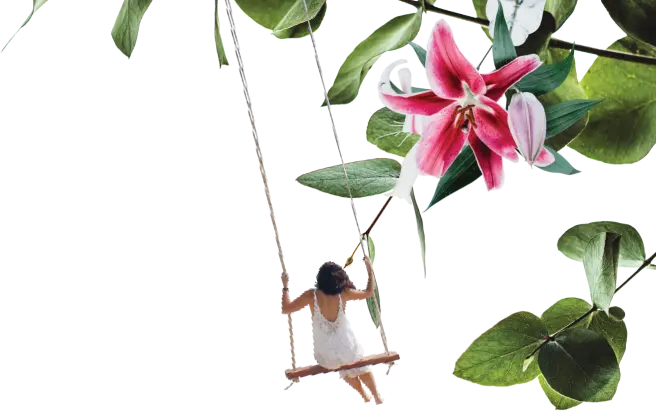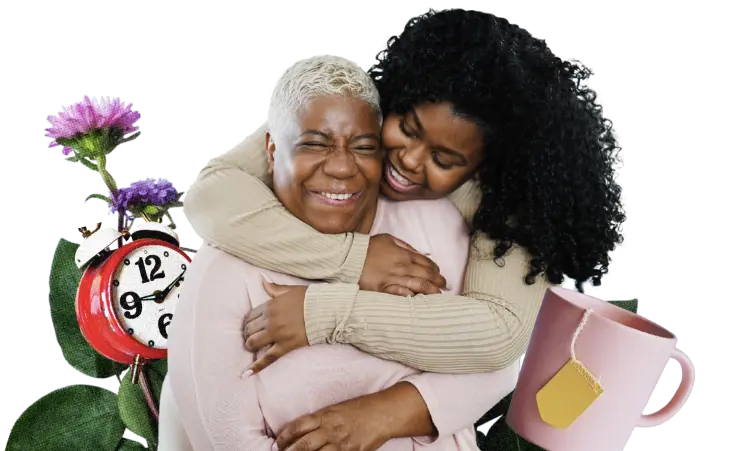
Many onscreen depictions of care inadvertently reinforce harmful narratives, such as ageism and ableism.
When it comes to care on screen:
DON’T: Keep care out of the frame. It’s a universal and meaningful part of the human experience.
DO: Do find ways to organically integrate care into the story and make it visible. Audiences want to feel seen.
DON’T: Refer to care as a burden. It reinforces stigmas & alienates people who depend on care.
DO: Use storytelling to spotlight how people could be better supported when caring. Cue aspirational music!
DON’T: Exalt the “heroic” individual (often a woman) who “does it all.” She’s not a superhero (even though she sometimes wears a cape).
DO: Dramatize the obstacles that people face when balancing work and care. So. Relatable.
DON’T: Default to situating care in a facility. Most people prefer to remain in their homes.
DO: Normalize various acts of care happening in homes and communities. Plus your locations manager will be happy they won’t have to blow the budget finding another set.
DON’T: Depict people who need care as lacking individual autonomy. It’s insulting…and not in a funny way.
DO: Show people taking an active role in and making decisions about their own care. More dynamic, more interesting.
DON’T: Depict people who need care as lacking agency or purpose.
DO: Show older adults and disabled people also providing care to others. Giving all characters agency is just good writing.
DON’T: Make older adults the butt of the joke. It’s ageist. Besides, butts are a far superior butt of the joke.
DO: Use nuanced humor to break through taboos.
DON’T: Focus only on the challenges. Care is multidimensional.
DO: Incorporate all the various nuances of care – the joys along with the difficulties. The “all is lost” and the happy endings.
DON’T: Represent care as an individual responsibility: it takes a village.
DO: Include portrayals of “care circles” – especially ones that include paid care workers. You’ve got your A-plot, B-plot, AND C-plot right there!
DON’T: Reinforce negative stereotypes about care workers – it’s harmful and, even worse – HACKY! Gasp!
DO: Depict care workers as highly-skilled professionals. Everyone loves watching competent people kick butt at their jobs.
DON’T: Forget that the experience of care is different across groups.
DO: Tell authentic stories that highlight the intersections of care with other unique identities.
We’d love to help you (Hint hint)!
PREFERRED TERMS:
“Caregiver” – instead of “caretaker,” which connotes property
“Care worker” – instead of “nurse,” to add clarity to the role
“Older adult” – instead “senior,” which carries negative implications
“Aging” – instead of “elderly,” which has a diminishing effect
A quick note: scenarios described here are generalized from information that Caring Across Generations has collected through focus groups, polling, and other research. They are generalized scenarios and are not any one individual’s story, and they are not meant to be comprehensive of all experiences having to do with care. This resource is intended to illuminate new storytelling opportunities that also contribute to a more authentic and holistic representation of care on screen.
